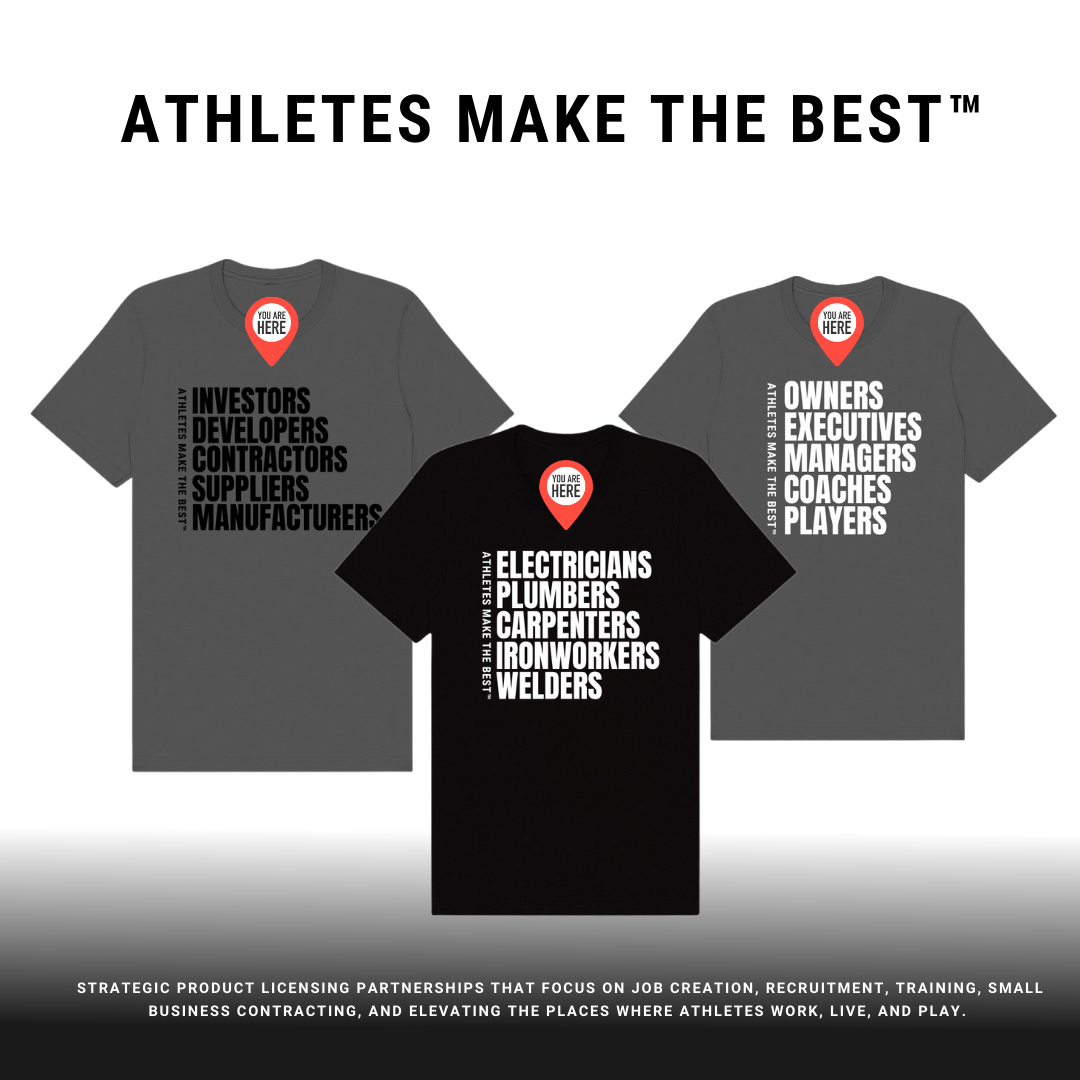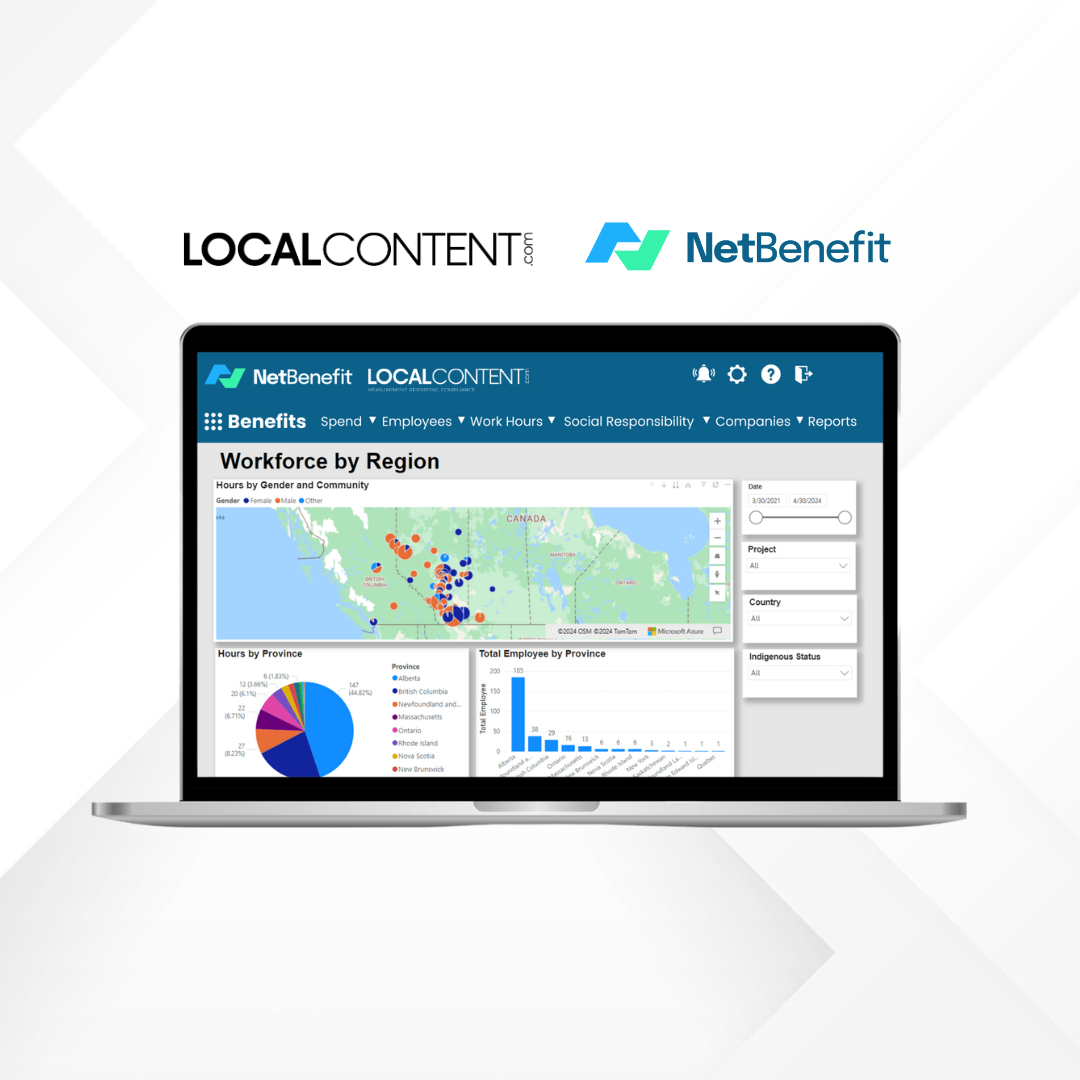The National Offshore Wind Research and Development Consortium (NOWRDC) is excited to launch Phase II of the transformative project: “Long-Term Availability and Bankability of Offshore Wind Through Hurricane Risk Assessment and Mitigation.” The research team for this project includes Northeastern University, UMass Amherst, Clemson University, University of Colorado Boulder, Johns Hopkins University, the University of Maine, and Tufts University. Phase II represents a significant step forward in our collaborative effort to enhance resilience and
appropriately assess risk of hurricanes to offshore wind energy systems.
Offshore wind turbine systems are robust structures intentionally placed in high wind speed environments to capture maximum renewable energy. They are designed to operate within the dynamic ocean environment for up to 30 years, which presents routine cycles of physical stress from wind and waves. Through methodical engineering analysis, Phase I of this project was able to more accurately characterize the risk posed by hurricanes. This study found that the structural risk of monopile failure caused by hurricanes was lower than what is accepted by design standards. This finding may enable insurance and finance entities to lower the risk premium associated with hurricanes and offshore wind.
Phase I was a limited, but an important first step in characterizing the potential impacts hurricanes may have on offshore wind structures. Phase II will build on Phase I by enhancing forecasting of hurricane risk—offering more reliable forecasts that help stakeholders across
various sectors—from project development to finance and insurance—make well-informed decisions. Phase II will also assess potential climate effects, alternative ways in which hurricanes could cause structural risk to offshore wind, and potential hurricane impacts to grid
resiliency. Results from Phase I have been released through a series of academic publications with additional publications in development. These publications include further detail about the specific sites included in the study, and other important details that go beyond what has been included in this high level summary of the takeaways. Links to these publications are kept up to date on the dashboard page for this project at nationaloffshorewind.org.
This project is funded through a remarkable partnership of multiple state governments – including the Maryland Energy Administration, the Massachusetts Clean Energy Center, and the New Jersey Board of Public Utilities. Phase II of this project underscores the power of regional
collaboration in tackling complex challenges such as renewable energy development and climate resiliency. The states involved have shown a united front in supporting innovative approaches to identifying and quantifying hurricane risks to offshore wind.
Lyndie Hice-Dunton, PhD, Executive Director of NOWRDC, commented on the initiative, “This project is a prime example of how state collaboration can significantly advance offshore wind energy technology. With the insights gained from Phase I and the innovations of Phase II, we are setting a new precedent for hurricane risk assessment in offshore wind.” “The NJBPU is proud to support this critical project’s next phase, which will continue to inform the responsible, safe development of offshore wind energy,” said New Jersey Board of Public Utilities (NJBPU) President Christine Guhl-Sadovy. “We look forward to further collaboration with NOWRDC and our regional partners as we work to collectively support the growth of this burgeoning industry.”
“The Maryland Energy Administration is pleased to support the second phase of this innovative project coordinated by NOWRDC. This study responds to industry concern regarding the potential risk hurricanes impose on offshore wind systems and seeks to improve risk predictions
and forecasting,” said Maryland Energy Administration Director Paul G. Pinsky. “This project will enhance the resilience of Maryland’s energy infrastructure and help move us closer to Maryland’s future offshore wind goals.”
“Massachusetts Clean Energy Center is pleased to continue our collaboration with fellow East Coast states to better understand hurricane risks to offshore wind operations,” said Bruce Carlisle, Managing Director for Offshore Wind at MassCEC. “This project’s multi-institution
research team brings unparalleled expertise to this work, and their assessment will provide greater confidence in the reliability and resiliency of offshore wind technologies.” Northeastern University Civil and Environmental Engineering professors Jerome Hajjar and Andrew Myers, the principal investigators on the project, added that “the sustained sponsorship, provided by a partnership of states and administered by NOWRDC, has created an extensive collaboration across seven universities, enabling a multi-disciplinary team of researchers to demystify the risk that hurricanes pose to offshore wind energy infrastructure and advance the industry in regions exposed to hurricanes.”
We invite all interested parties, including media, industry stakeholders, and public representatives, to engage with the project and follow Phase II for upcoming results:
- Phase I reports and additional information is available at NOWRDC’s project database.
- For more information about the project, please contact Julian Fraize at
julian.fraize@nationaloffshorewind.org or visit NOWRDC’s project database.
About NOWRDC:
The National Offshore Wind Research and Development Consortium, established in 2018, is a not-for-profit public-private partnership focused on advancing offshore wind technology in the United States through high impact research projects and cost-effective and responsible development to maximize economic benefits. Funding for the Consortium comes from the U.S. Department of Energy and the New York State Energy Research and Development Authority (NYSERDA), with each providing $20.5 million, as well as contributions from the Commonwealths of Virginia and Massachusetts and the States of Maryland, Maine, New Jersey, California, and other partnerships that bring total investment to over $60 million. For more information, please visit nationaloffshorewind.org.
About NJBPU:
The New Jersey Board of Public Utilities is the state agency with authority to oversee the regulated utilities, which provide critical services such as natural gas, electricity, water, telecommunications, and cable television. The Board is tasked with ensuring that safe, adequate, and proper utility services are provided at reasonable, non-discriminatory rates to all members of the public who desire such services. It develops and regulates a competitive, economically cost effective energy policy that promotes responsible growth and clean renewable energy sources while maintaining a high quality of life in New Jersey. Please visit NJ.gov/bpu and follow them on Linkedin, Facebook, Instagram and Twitter for more information.
About MassCEC:
The Massachusetts Clean Energy Center is a state economic development agency dedicated to accelerating the growth of the clean energy and climatetech sector across the Commonwealth to spur job creation, deliver statewide environmental benefits, and secure long-term economic opportunities for the people of Massachusetts.
About MEA:
The mission of the Maryland Energy Administration is to promote clean, affordable, reliable energy and energy-related greenhouse gas emission reductions to benefit Marylanders in a just and equitable manner. For more information about the agency, visit us on our website at
Energy.Maryland.gov, and follow us on social media: LinkedIn | X | Facebook.
About Northeastern University:
The Northeastern University Department of Civil and Environmental Engineering’s mission is to advance innovative civil and environmental solutions for society and create globally-oriented engineering leaders by integrating experiential education and use-inspired interdisciplinary
research. Our faculty, under the broad, interdisciplinary strategic thrusts of environmental health, sustainable resource engineering, and critical infrastructure security, envision sustainable and resilient urban environments for the world.









